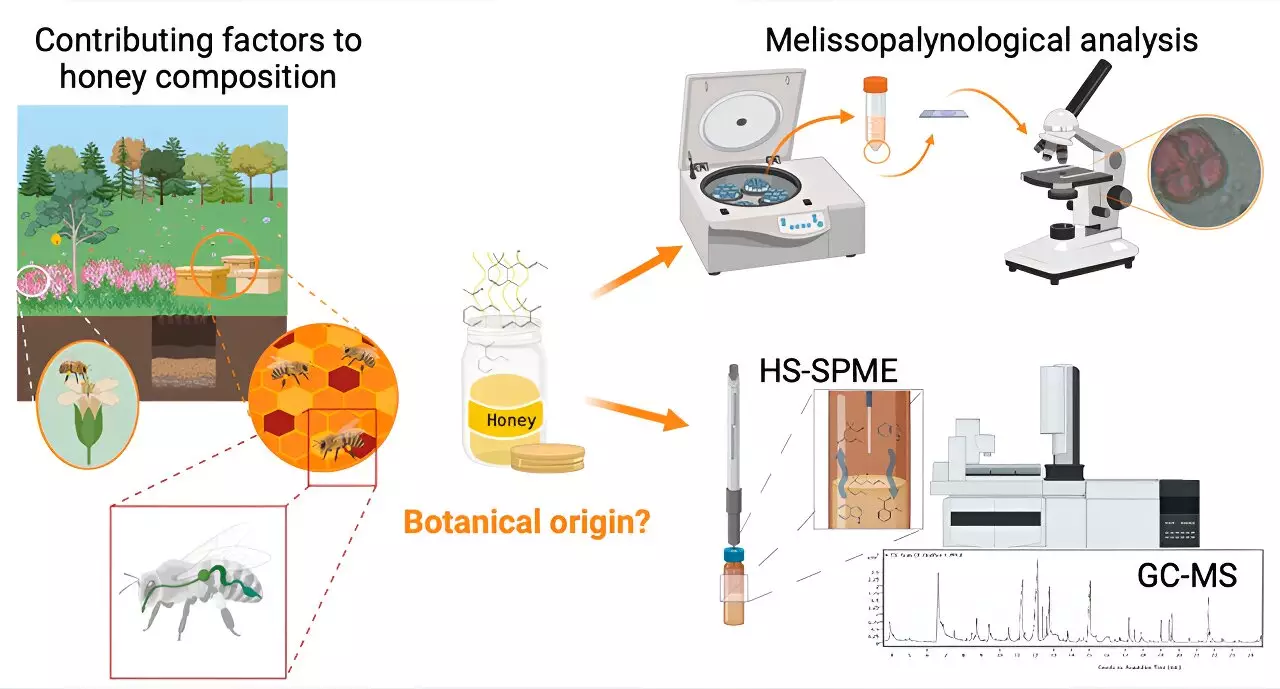The world of perfumery is rich with history, tracing its roots back over three millennia. Central to this narrative is Tapputi-belat-ekalle, revered as the first chemist in human history. Her contributions, immortalized on ancient clay tablets from Mesopotamia, showcase the depth of knowledge possessed by women of her era in the realm of fragrance formulation. Operating within the halls of the royal palace, Tapputi led an assembly of female artisans dedicated to the art of scent making, crafting fragrances fit for kings and queens.
What sets Tapputi apart in the annals of perfume history is not just her title but the complexity of her craft, which intertwined art and science, making her achievements astonishingly modern for her time. These historical fragments allow us to glimpse her meticulous methods, engaging nature’s bountiful plant life to distill aromatic oils—a practice that remains foundational in contemporary perfumery.
The Art and Science Behind Perfume Creation
At the heart of creating a perfume is the intricate balance of various sensory notes, which are the building blocks of a fragrance. These notes—floral, fruity, sweet, and woody—spring from volatile compounds that evaporate with ease, interacting with our olfactory senses to evoke emotions and memories. The sophisticated chemistry behind these sensations reveals a mesmerizing interplay that still fuels our passion for scented experiences.
Essentially, the creative endeavor in perfumery is underscored by scientific techniques that Tapputi pioneered. Her detailed recipes highlighted diverse extraction methods, including decoction, infusion, and maceration, which all work to coax aromatic qualities from plants into concentrated essences. Today, these historic methods have found their way into modern practices but have been fine-tuned through centuries of refinement and discovery.
Imagine the process likened to crafting a melodic symphony; each compound contributes its unique voice, yet harmony arises only from skillful composition. When contemporary perfumers, often referred to as “noses,” work their magic, they rely on an unparalleled acumen for detecting nuanced scents that may elude the average individual. Their expertise not only shapes successful fragrances but also informs various industries that blend culinary arts and sensory analysis.
The Intersection of Fragrance and Innovation
A remarkable advancement in today’s world is the development of analytical tools such as e-noses—electronic instruments designed to replicate the olfactory sensing capabilities of the human nose. This fusion of technology and smell could revolutionize multiple sectors, from food quality control to medical diagnostics. In the pursuit of understanding aromas’ origins, these devices analyze the volatile compounds that inform everything from heather honey’s richness to the subtle notes in wines, further bridging the gap between nature and human experience.
Some of the groundbreaking research in this field examines the psychological implications of fragrances. Scientific exploration is delving into why specific scents can transport us to different moments in our memories, igniting emotions that seemingly lie dormant. Fragrances are not just seasonal trends; they shape our perceptions of beauty and wellness, linking the sensory experience of smell with deeper cognitive connections to our memories and feelings.
Fragrance in Ritual and Culture: A Sacred Connection
To appreciate the full spectrum of perfume’s impact, one must reconnect with its historical significance in ritual and religious practices. In Tapputi’s time, fragrances transcended mere cosmetic use; they were integral to the spiritual fabric of society. Incense and perfumes were utilized in ceremonies to offer an olfactory bridge between mortals and deities, fostering a connection that transcended the visible world. This venerable tradition of utilizing scent as a means of communion with the divine paints perfume as a crucial component not only of beauty rituals but also of cultural identity.
As we interpret the centuries of fragrance development, it becomes evident that perfume is both a personal adornment and a universal language that captures human experience. From the gardens of ancient Mesopotamia to the laboratories of contemporary perfumers, the enduring legacy of fragrance creation embodies a dialogue between nature and culture, science and emotion, past and present.
Exploring the world of perfumery, inspired by the techniques of Tapputi, allows us to engage with both an art and a science that must be appreciated in its complexity. As our understanding deepens, so does our capacity to create scents that resonate on multiple levels, weaving personal narratives and cultural histories into elegant bottles that tell a story all their own.

